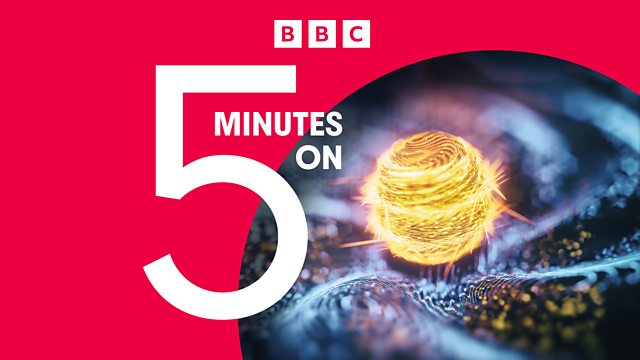
Discovering what the universe is made of
For 14 year scientists have used a vast underground machine to smash atoms together and try unlock the secrets of how the universe was born. Now they want an even large one.
It's been 14 years since the Large Hadron Collider (LHC), the world's largest particle accelerator, first began its testing.
The colossal 27-kilometre circle spans the Swiss-French underground and is used to crash atoms together. By studying the fragments of these collisions, researchers hope to find the smaller particles from which the universe is made.
The biggest breakthrough was the 2012 discovery of Higgs Boson, a particle that gives everything in the universe its mass and form.
But the discoveries so far didn't answer what most of the universe is made of: to achieve that, scientists say they need an even larger collider that's three time the size of the LHC.
In this episode of the 5 Minutes On podcast, the 大象传媒's science correspondent Pallab Ghosh visits Cern, the European centre for particle research, to find out what they are planning.
(Image: Getty Images)
